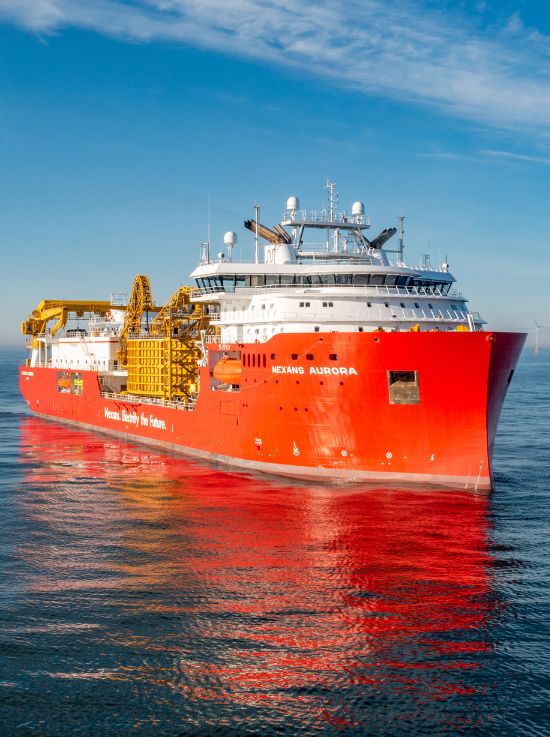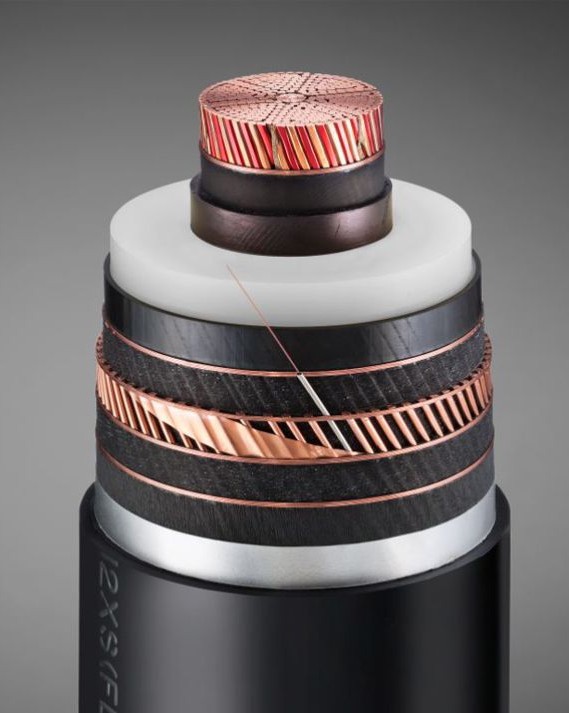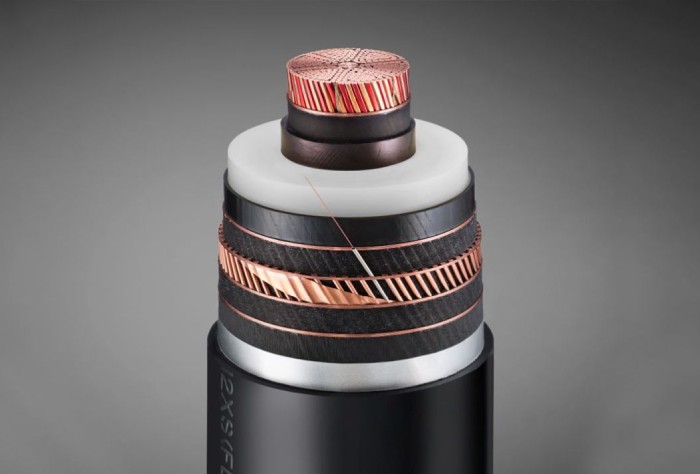Context
The German energy transition plan, known as “Energiewende”, has set a target for 80% of the country’s annual electricity needs to be met by renewable energy by 2050. This necessitated upgrades to the high voltage (HV) power transmission networks, particularly to transport electricity generated by wind farms in the north to consumption hubs in the south. In 2019, Amprion, a key transmission service operator (TSO), undertook the task of upgrading its transmission grid, stretching over 11,000 km, to serve more than 29 million people across a vast region. While most of its transmission lines are overhead, Amprion identified environmentally sensitive sections where undergrounding was essential to minimize impact.
Challenges
The primary challenge for Amprion was to upgrade its 400 kV transmission network to meet the demands of the Energiewende, particularly in environmentally sensitive areas where undergrounding was necessary to mitigate visual and ecological impacts. This required finding suitable technologies and partners capable of facilitating the transition while maintaining reliability and efficiency.
31.8 km
length of 400 kV Nexans cable
11,000 km
length of Amprion’s transmission grid
29 M
of people supplied
Nexans implication
Nexans emerged as a crucial partner for Amprion’s undergrounding efforts, providing innovative cable solutions tailored to the project’s needs. Initially involved in a pilot project at Raesfield, Nexans expanded its involvement by supplying 31.8 km of 400 kV cable for a major project at Legden, along the route between Wesel and Meppen. This Legden project comprised 2.1 km of tunnel and 3.1 km of pipes. Nexans supplied the cable for a double circuit with a 2,500 mm² copper cross-section, featuring halogen-free flame-retardant sheathing for safety. Additionally, Nexans provided steel support structures critical for cable installation.
Delivery of the cables, scheduled for July 2022, marked a significant milestone in the project timeline, with installation completed in 2023. The involvement of Nexans not only ensured the technical feasibility of the undergrounding endeavor but also validated the concept of partial undergrounding, offering TSOs like Amprion a flexible and sustainable approach to network upgrades.
This major contract for Amprion is a very important reference for the partial undergrounding concept that Nexans has pioneered, TSO’s no longer have to make an either-or choice between overhead lines or underground cables. Instead they can specify the most appropriate technology to meet their environmental and financial objectives appropriate for each section of their transmission routes.
Sales Manager Subsea & Land System, Nexans









